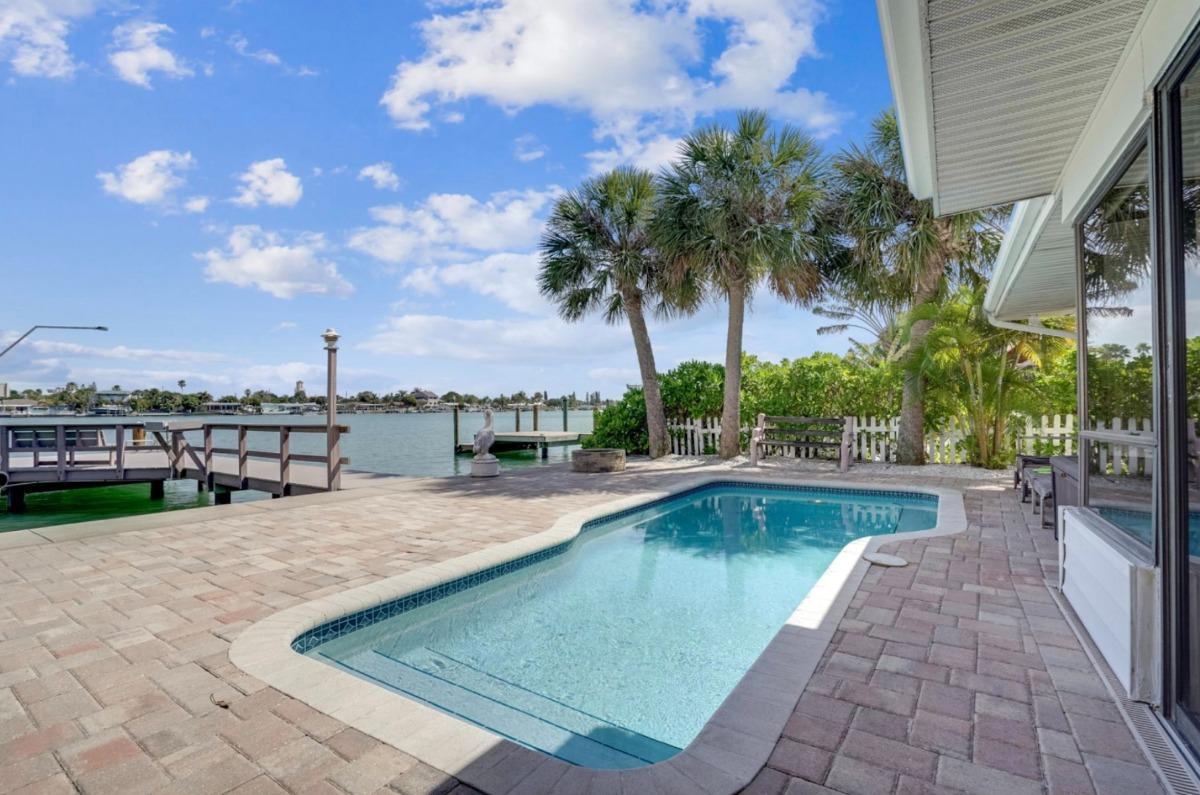Setting the right nightly fee for your Coastal Florida rental is more demanding than you might think, thanks to a myriad of different factors involved.
A major influencing factor is the type of your rental. Beachfront condos and places with stunning beach views tend to bring in more money, especially if they come with extras like pools and outstanding amenities. Besides, the number of bedrooms and how many guests each can sleep (like a 2-bedroom rental for 6 guests or a 3-bedroom one for 8 guests) also plays a role.
There are also external factors. Every market behaves differently, changing not just from place to place but also over time.
As long-time rental property managers in St. Pete Beach, we’ve learned that pricing is an ongoing demand, and needs daily attention. The constant optimization and tuning of pricing to boost earnings is called “revenue management.” Get good at it, and you’ll be profiting handsomely from your Florida rental.
Why is revenue management important?
In simple terms, revenue management is all about setting the right price at the right time for the right guest. It’s all about staying flexible with your rates, making sure you charge just the right amount to beat the competition and fill up your calendar.
You can even think of revenue management as your weapon to take your rental investment to the next level.
And guess what? There’s a roadmap to do it. Keep reading for the seven steps you need to supercharge your rental’s success.

- They adjust rates based on how many people want to stay in your area.
- They find the best price whether it’s high season or low season.
- They tell you how long guests should stay in your rental based on the time of year.
- They deal with odd days and gaps in your calendar.
- They identify major events happening nearby that you might’ve missed.
- They handle last-minute changes and rebooking to keep your earnings up.
- Beyond: this one’s super user-friendly. It’s great if you prefer a “set it and forget it” approach (though we’re not necessarily big fans of that). This option is not great for customization, but it covers a lot of the basics.
- PriceLabs: this one’s a powerhouse. It offers flexibility and customization, but you need to put in some time to make the most of it. PriceLabs plays nice with other systems and gives you good control over your pricing game.
- Wheelhouse: this one is somewhere in between the first two. It’s a good choice to boost your earnings but be ready to fine-tune the settings every week to keep things running smoothly. Wheelhouse is also great for integrating with other tools, something that makes everything even more efficient.
- Location: look for properties nearby to get the lowdown on the local market.
- Amenities: check out what you offer and compare it to similar places around.
- Size and guest capacity: compare your size with other rentals and check if you’re making the most of your space. Sometimes it’s nice to maximize sleep occupancy, like a 2-bedroom rental that sleeps six guests or a 3-bedroom sleeping eight, and so on.
- Performance: keep an eye on stuff like revenue, average daily rate (ADR), and occupancy rate. The tools we mentioned can help you out with the numbers, even for your competition.
- Quality: look at ratings and reviews, not just for your place but also for the other rentals in your comp set to see how guests are feeling.
- Raise prices outside your usual booking window: consider raising the rates for bookings that fall outside your usual booking window. If you don’t get any takers, you can always dial it back later, and if you do score bookings, well, that’s a bonus.
- Last-minute discounts: if your place is still available within three weeks of check-in, start offering discounts to lure in those last-minute guests and fill up those empty spots. Sometimes, a small discount is all it takes for new guests to make a reservation.
- Orphan discounts: drop the price for those tricky little gaps in your rental calendar, known as “orphans.” These gaps happen between two longer bookings and are hard to fill at regular rates. Having them at a lower price is better than leaving them vacant.
- Minimum and maximum night stays: choose the perfect length of stay. Say the average stay in your market is 3.5 days, if you notice guests are craving one or two-night stays, consider setting a 2-night minimum stay requirement to pull in more guests.
- Weekday discounts: weekdays are less popular for beach rentals compared to weekends. To get more bookings during the quieter times, offer lower prices for stays during the week.
- Longer stay discounts: get guests to stay around a bit longer by offering discounts for a week or more. This not only fills up those empty slots but also cuts down on cleaning and other operational costs.
- Airbnb: this is a super user-friendly option that handles most of the tasks for you, like processing payments and providing insurance. Airbnb is often the first stop for people searching for rentals.
- Vrbo: in our market, Vrbo is a solid alternative to Airbnb. It really shines in more traditional vacation rental spots. Plus, listing on Vrbo also gives you exposure on Expedia and Hotels.com, which is a pretty good thing.
- Booking.com: this one has a massive reach, even though it mainly focuses on hotels. If you’re already listed on Airbnb and Vrbo, adding Booking.com to the mix can widen your potential guest pool.
-68FC5981-EA39-4353-BF23BD4ECC5547AD.jpg)
- If your 60/90-day vacancy rate is falling behind the market, think about dropping your base rate by 5 or 10%.
- Conversely, if your 60/90-day vacancy rate is more than 10% higher than the market, consider raising your base rate by 5 or 10%.
- And if your 60/90 day vacancy rate looks good, but your 30-day vacancy rate is too low, think about applying a manual discount for the next month to fill in that gap.


